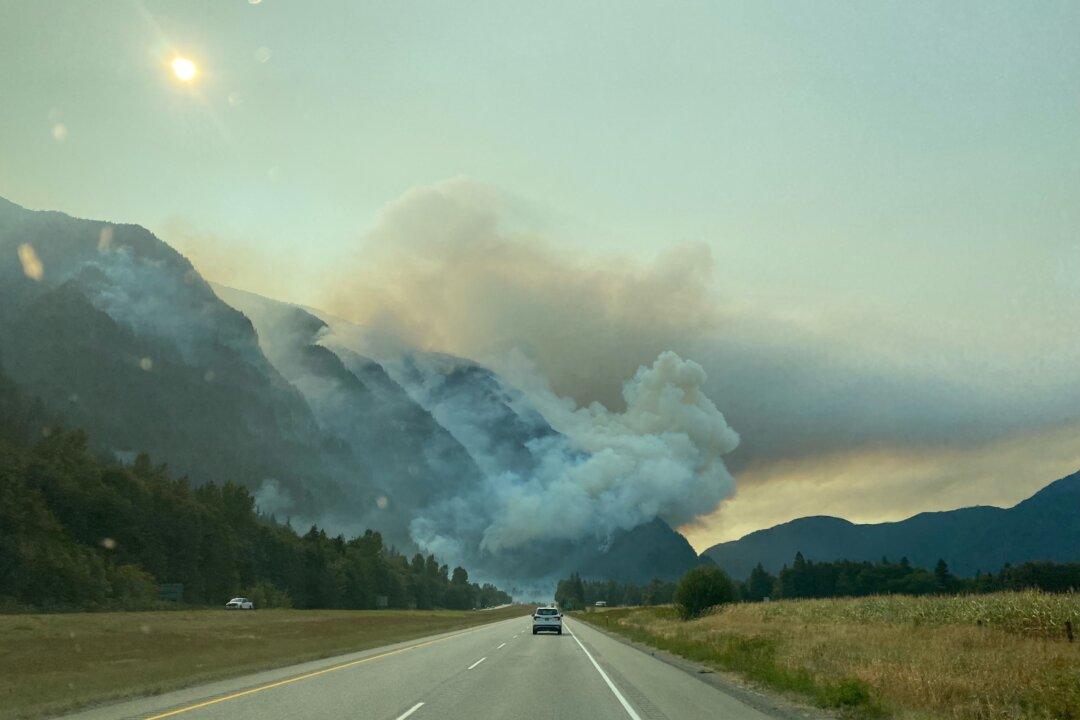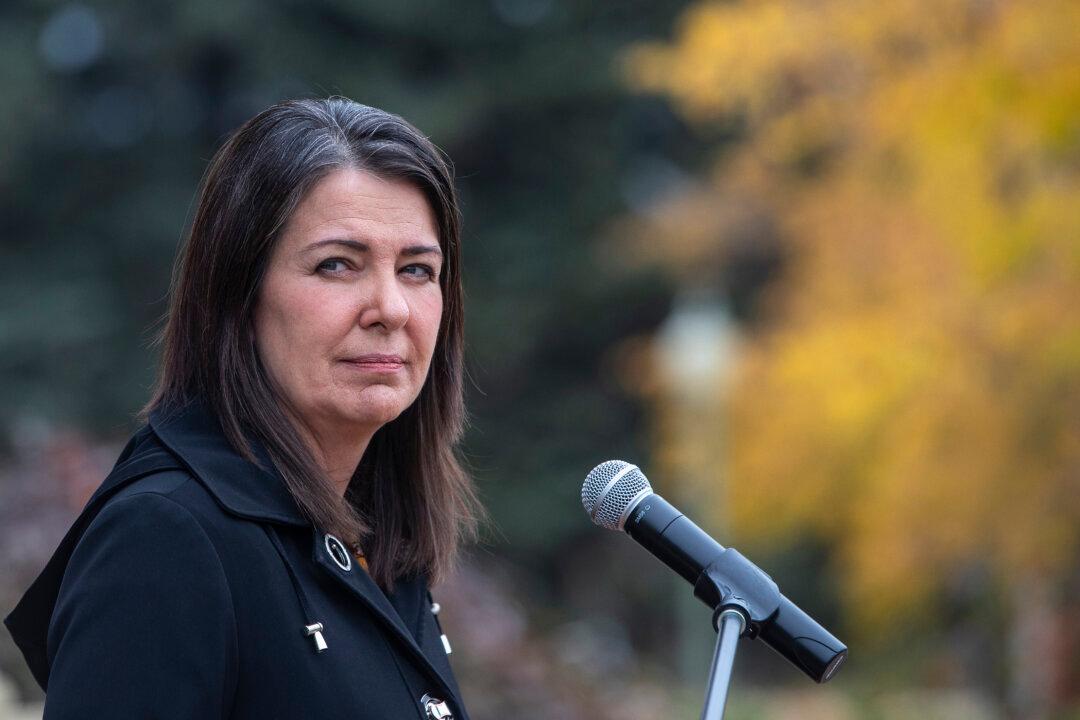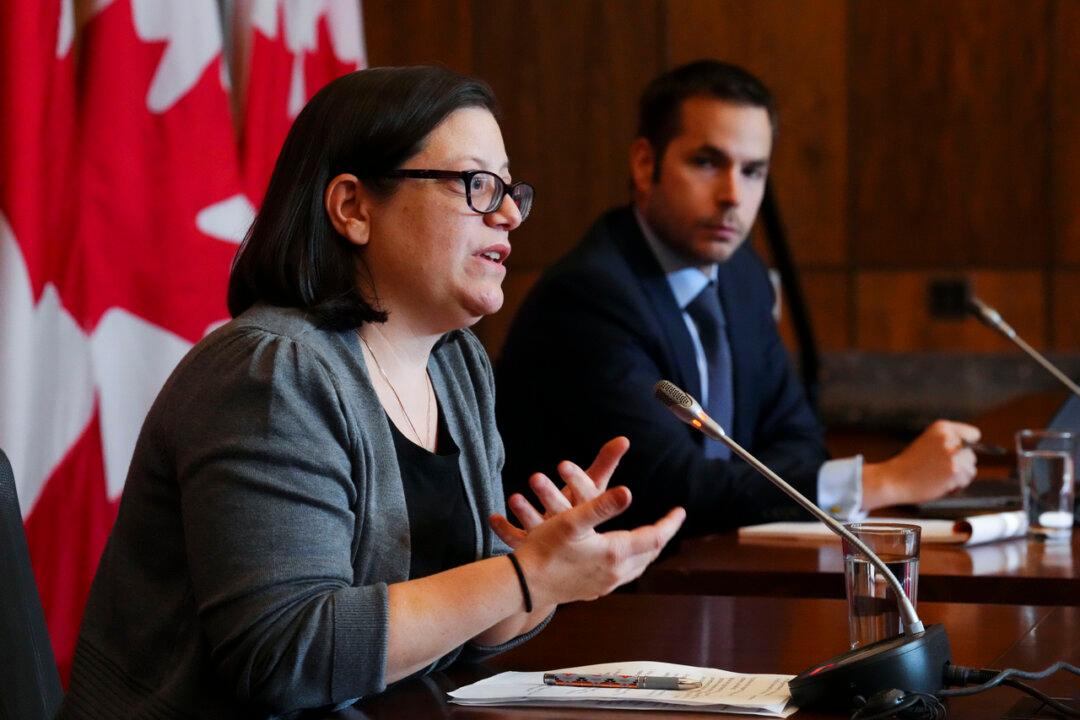Wildfires in B.C. are causing air quality issues in Vancouver, visibility issues on highways, and have led to multiple evacuation orders and alerts in the province.
Air quality warnings have been issued for Metro Vancouver and other regions due to smoke from wildfires. According to IQAir, which tracks air quality, the air in Vancouver was 8.5 times higher than the World Health Organization’s global air quality guideline on the morning of Sept. 12.





